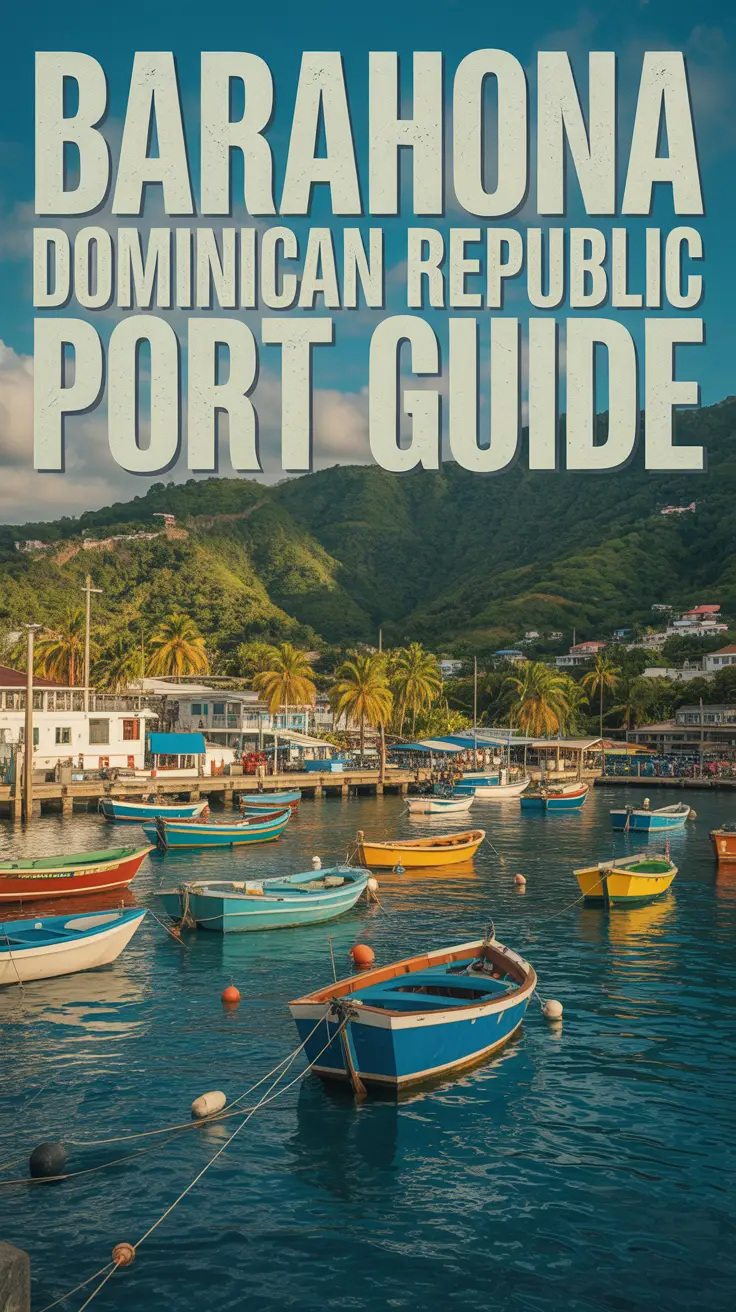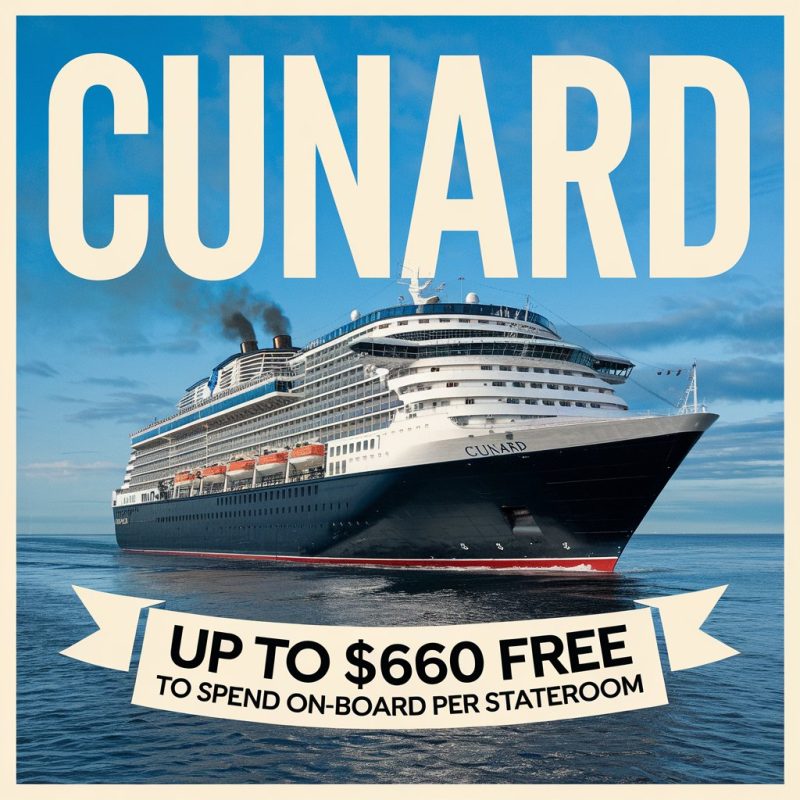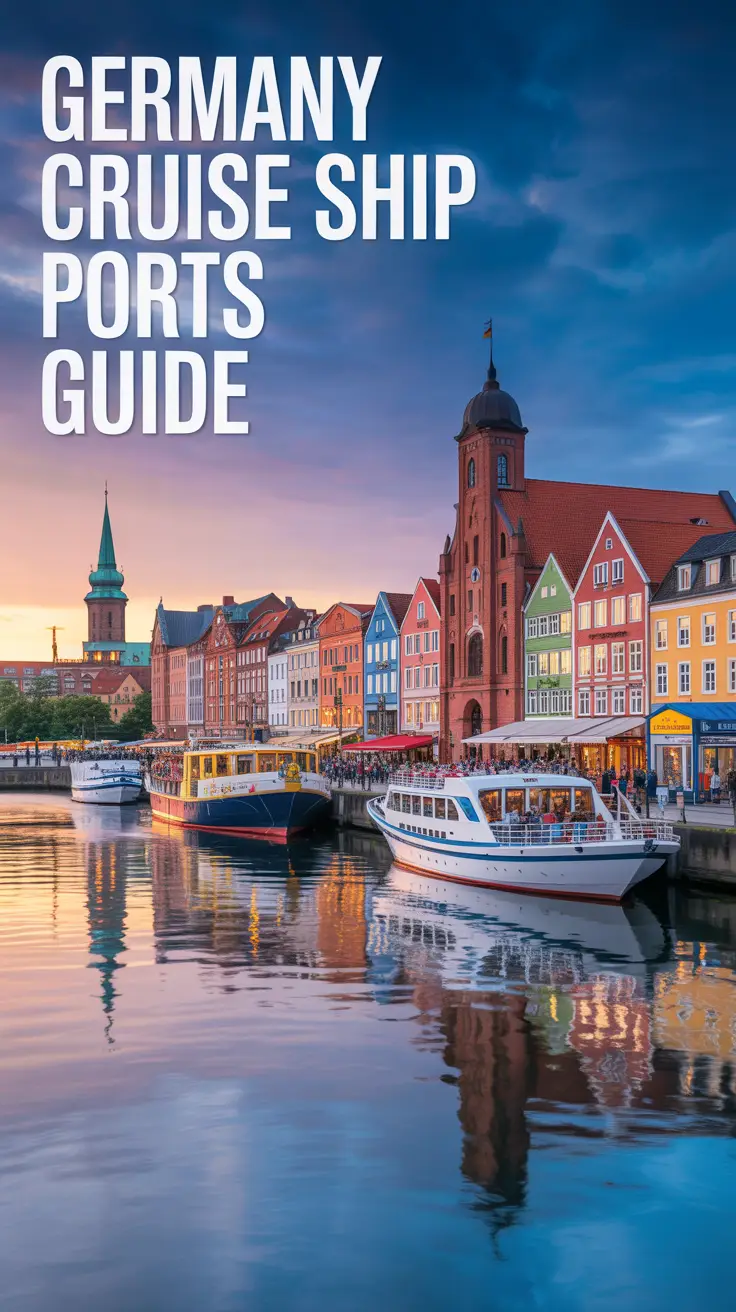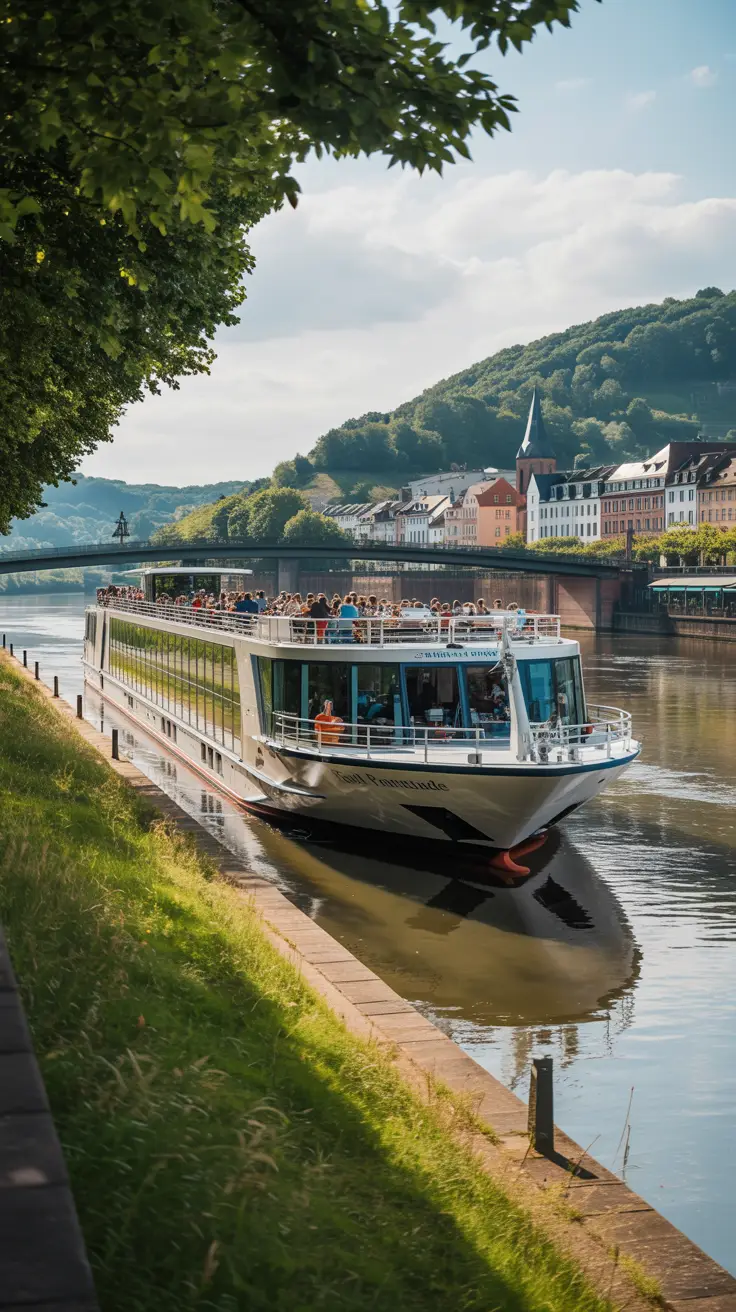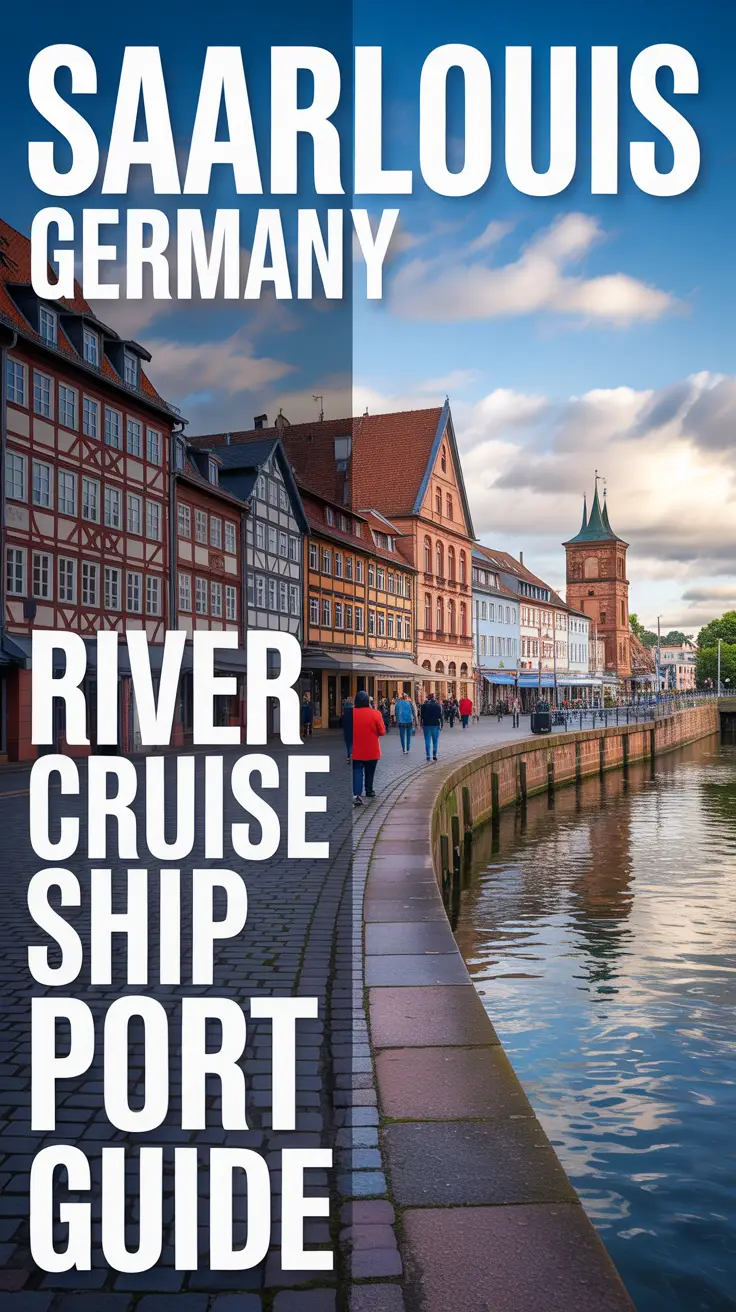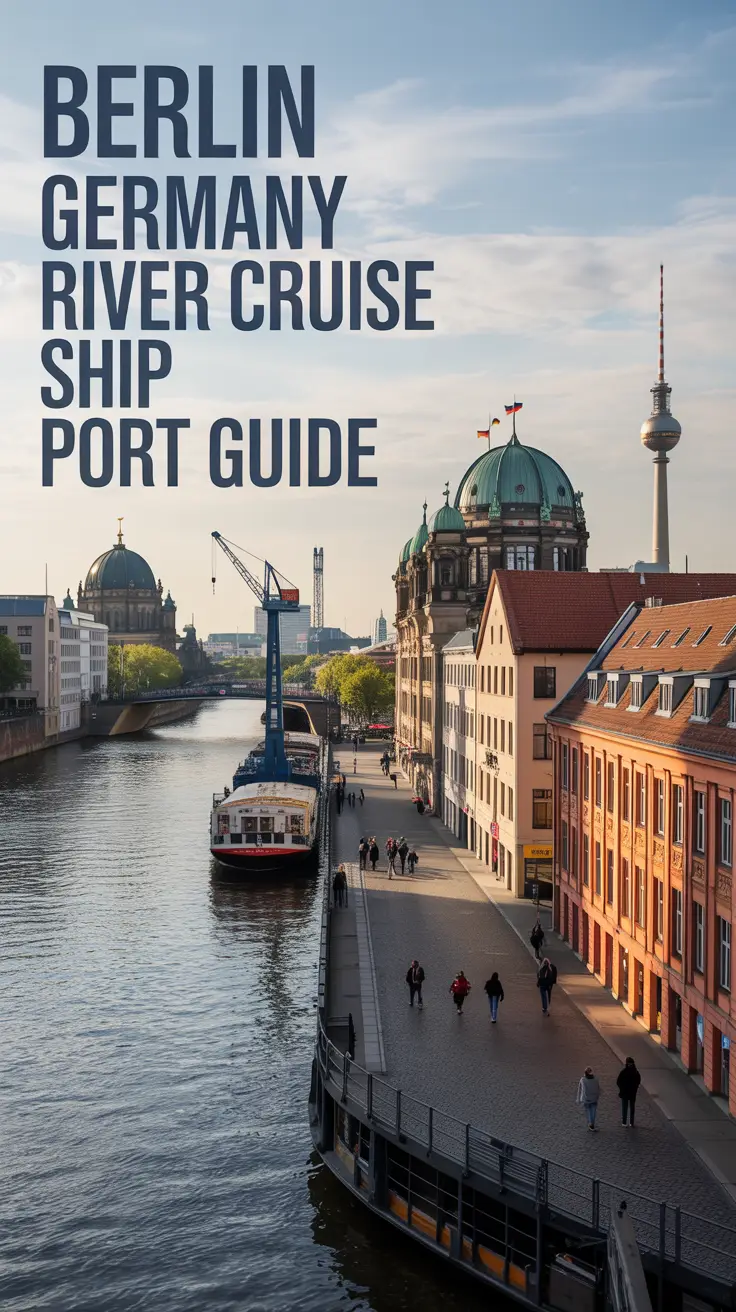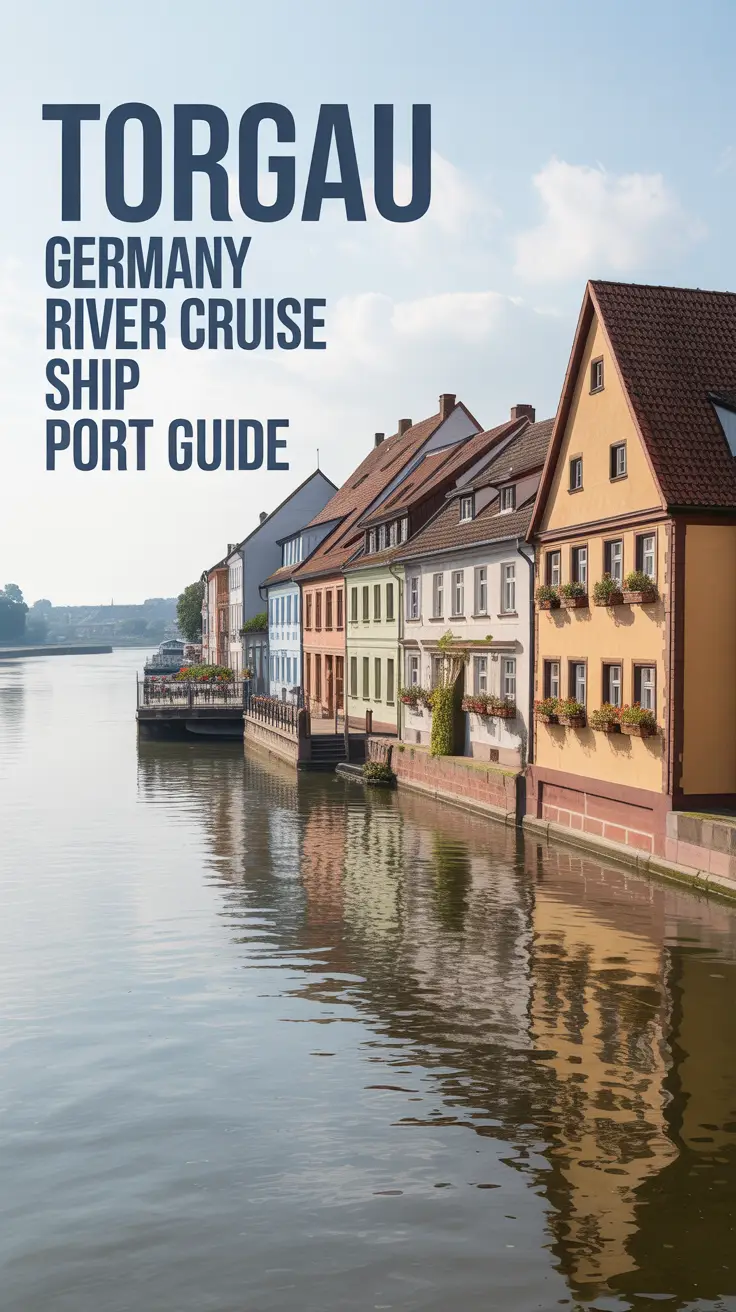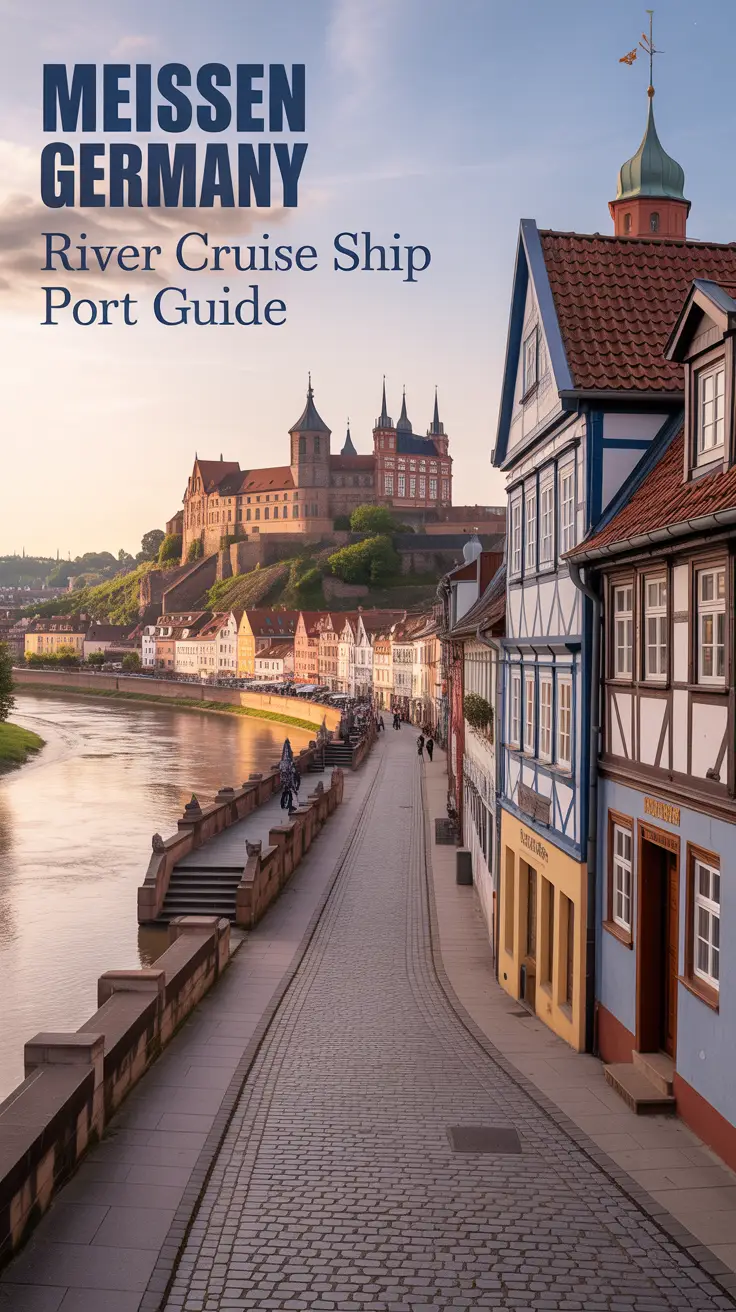The Caribbean’s Best-Kept Secret
Picture this: You step off your cruise ship and instead of being greeted by crowded beach bars and souvenir shops, you’re welcomed by the aroma of fresh coffee beans and the sound of traditional merengue drifting from a local café. This isn’t a dream – it’s what awaits you at Barahona, the Dominican Republic’s most exciting new cruise destination.
I’ve been following Caribbean cruise development for years, and I can honestly say that Barahona is unlike anything else being built in the region. With completion expected by 2026, this gives us a front-row seat to watch something special take shape. While other ports chase the “bigger is better” mentality, Barahona is taking a completely different approach that I think will revolutionize how we think about cruise destinations.
Why I’m Excited About Barahona (And You Should Be Too)
I was skeptical when I first heard about another new Dominican port. Do we really need another place to buy duty-free rum and take selfies with parrots? But after digging deeper into Barahona’s plans, I realized this isn’t just another cruise port. It’s something special.
Unlike the resort-heavy destinations that have taken over Caribbean itineraries, Barahona is betting everything on authenticity. No artificial beaches, no staged cultural shows, no overpriced resort day passes. Instead, you’ll find real coffee farms where families have been growing beans for generations, beaches where locals still fish for their dinner, and mountains where the only sounds are birds and waterfalls.
The developers aren’t trying to create another Cozumel or Nassau. They’re creating something entirely new – a cruise destination that actually feels like the place you’re visiting.
What Makes Barahona So Different
It’s Still Real: When I talk to cruise friends about their biggest complaint, it’s always the same: everywhere feels the same. Barahona hasn’t been sanitized for tourists yet. The coffee tastes like it was grown in the mountains you can see from the port (because it was). The merengue playing in the plaza is what locals actually listen to. The food in the restaurants is what Dominican families cook at home.
Nature That Takes Your Breath Away: I’ve seen a lot of Caribbean coastline, but Barahona’s setting is spectacular. Imagine mountains that drop dramatically into crystal-clear water, beaches where your footprints might be the only ones, and coral reefs that haven’t been loved to death by snorkeling tours.
Coffee That Will Ruin Starbucks for You: The highlands around Barahona grow some of the world’s best coffee. Not tourist-trap coffee tours, but real working farms where you can learn why your morning cup costs what it does and taste coffee so good it’ll make you question everything you thought you knew about the bean.
People Who Are Genuinely Happy to See You: Because mass tourism hasn’t arrived yet, locals aren’t burned out on cruise passengers. They’re excited to share their home, their culture, and their stories. It’s refreshing in a way that’s hard to explain until you experience it.
The New Port: What You Can Actually Expect (By 2026)
I hate when cruise guides promise things that don’t exist yet, so let me be clear about what’s confirmed for the 2026 opening and what’s still in development.
What’s Definitely Happening:
- A modern terminal that can handle large cruise ships (no more tendering!)
- Shops and restaurants featuring local artisans and authentic Dominican cuisine
- Cultural exhibits including hands-on rum-making experiences
- A central plaza designed for local performances and markets
- Proper facilities – restrooms, information centers, transportation hubs
What Makes It Special: The entire terminal is being built with local materials and traditional Dominican architecture. Instead of feeling like a shopping mall that happens to be in the Caribbean, it’ll actually feel like you’re in the Dominican Republic.
Getting Around: Your Options Explained
The beauty of Barahona is that everything worth seeing is relatively close, but you’ll need to think differently about transportation than you do at other ports.
For the Adventurous: Rent a car and explore on your own. The roads are good, the distances are manageable, and you’ll have the freedom to discover hidden beaches and mountain viewpoints that tours don’t visit.
For the Practical: Join organized excursions. They’re planning everything from coffee farm tours to hiking adventures, and local guides know stories and spots you’d never find on your own.
For the Independent: Taxis and local transportation work well here, and drivers are typically happy to wait while you explore or recommend off-the-beaten-path spots.
For detailed transportation options and what each costs, check our complete Barahona transportation guide.
What You Actually Want to Do Here
Adventures That Don’t Feel Manufactured
Forget zip lines over parking lots and “cultural shows” performed for cruise passengers. Barahona offers eco-adventures that feel real because they are. Hike cloud forests where you might not see another person all day. Snorkel reefs where the fish haven’t learned to associate humans with food. Explore caves that locals discovered, not tourism boards.
Coffee Tours That Actually Matter
I’ve done coffee tours throughout the Caribbean, and most feel like theme park attractions. Barahona’s coffee farm experiences are different. You’re visiting working farms where coffee is still harvested by hand, processed using methods passed down through generations, and roasted in small batches. You’ll leave understanding why good coffee costs what it does and probably carrying home beans that will spoil you forever.
Beaches Where You Can Actually Relax
Here’s something you won’t find at other cruise ports: pristine beaches where you’re not fighting for space or dodging beach vendors. These aren’t resort beaches with organized activities. They’re natural stretches of coastline where you can swim, read, nap, or just enjoy the sound of waves without someone trying to sell you a jet ski rental every five minutes.
Culture That Isn’t Performed for You
The cultural experiences in Barahona happen because locals want to share their traditions, not because a cruise line paid them to put on a show. Learn to cook mofongo from someone’s grandmother. Join a domino game in the town square. Listen to musicians who play because they love music, not because tourists tip well.
When to Visit (From Someone Who’s Checked the Weather)
Barahona’s location gives it one of the best climates in the Dominican Republic. The southwestern coast is typically drier and less humid than the northern ports, which means more comfortable exploring.
My Honest Take on Seasons:
- December through April: Perfect weather, and by 2026 this will likely become “high season” with more crowds
- May through November: Occasional rain, but lusher landscapes and fewer tourists
- Year-round: Consistently warm enough for swimming and outdoor activities
For month-by-month weather details and what to expect, our Barahona weather guide has you covered.
What It’ll Actually Cost You
One of the best things about getting to Barahona when it opens in 2026 is that you’ll experience authentic pricing before cruise ship inflation kicks in. Without the typical tourist markup, you’ll get incredible value for your money.
What I’d Budget:
- Shoestring: $20-40 per person for basic beach access, local transportation, and simple meals
- Moderate: $60-100 per person for guided tours, coffee tastings, and nice local restaurants
- Splurge: $150+ per person for private guides, premium experiences, and exclusive access
The key is that even the premium experiences cost less than basic tours at more developed ports. Our Barahona budget guide breaks down real costs for different types of travelers.
Safety Reality Check
Let me address the elephant in the room: Is a new, less developed port safe for cruise passengers?
The Honest Truth: Barahona is generally very safe, but it’s different from ports with heavy tourism infrastructure. You’ll encounter fewer English speakers and less cruise passenger-focused infrastructure. That said, the local government and cruise lines are working together on comprehensive safety measures.
What I’d Actually Recommend:
- Learn a few basic Spanish phrases (people appreciate the effort)
- Stick to recommended areas and tours, especially on your first visit
- Use the same common sense you’d use anywhere else
- Don’t let unfamiliarity prevent you from experiencing something special
Our Barahona safety guide covers everything you need to know to feel confident exploring.
How It Compares to Other Dominican Ports
I’ve visited every major Dominican cruise port, and Barahona is genuinely different. While La Romana pushes luxury resort experiences and Amber Cove focuses on water sports and shopping, Barahona is betting on authenticity and sustainability.
Why That Matters: If you love the convenience and predictability of developed ports, Barahona might not be for you yet. But if you’ve ever felt like Caribbean cruise ports all blur together, or if you’re interested in supporting more sustainable tourism, Barahona offers something completely different.
Our detailed comparison of Barahona vs other Dominican ports helps you decide if this destination matches your travel style.
Packing for Something Different
Barahona requires slightly different packing than typical Caribbean ports. You’re more likely to be hiking mountain trails than lounging at beach clubs, and you’ll want to be prepared for authentic experiences rather than resort amenities.
What I’d Actually Pack:
- Comfortable hiking shoes (not just flip-flops)
- Clothes that work for both beaches and mountain excursions
- Good sun protection (mountain sun is intense)
- Insect repellent for nature adventures
- A reusable water bottle (support their sustainability efforts)
- Basic Spanish phrases written down
- Extra camera storage (you’ll take more photos than expected)
For a complete packing list tailored to eco-tourism, check our guide to perfect eco-tourism outfits for Barahona.
Why This Matters for the Future of Cruising
Here’s why I think Barahona is important beyond just being another new port: It represents a different vision for cruise tourism.
Instead of building bigger shopping malls and more artificial beaches, Barahona is betting that travelers want authentic experiences and are willing to support sustainable tourism. If it succeeds, it could influence how future cruise destinations develop throughout the Caribbean and beyond.
For those of us who love cruising but worry about its impact, Barahona offers hope that cruise tourism can benefit both visitors and local communities without destroying what made the destination special in the first place.
My Bottom Line
I’ve been writing about cruise destinations for years, and I rarely get excited about new ports anymore. Most follow the same formula: build a shopping center, add some water sports, create artificial cultural experiences, and call it a day.
Barahona is different. It’s risky, it’s authentic, and it’s betting that cruise passengers want more than duty-free shopping and staged entertainment. I think they’re right.
Will Barahona stay this authentic forever? Probably not. Success has a way of changing places. But when it opens in 2026, it’ll offer something genuinely special – a chance to experience the Caribbean as it was meant to be, while supporting tourism that actually benefits local communities.
If you’re tired of cruise ports that all feel the same, if you’re interested in sustainable travel, or if you just want to discover something before everyone else does, Barahona should be on your radar.
The Caribbean’s newest eco-tourism destination isn’t just offering another port visit – it’s offering a glimpse of what cruise travel could be. And honestly? I can’t wait to experience it myself.
Ready to start planning your Barahona adventure? Use the links throughout this article to dive deeper into specific aspects of your visit. This is your chance to experience a cruise destination before it becomes just another stop on the tourist trail.

